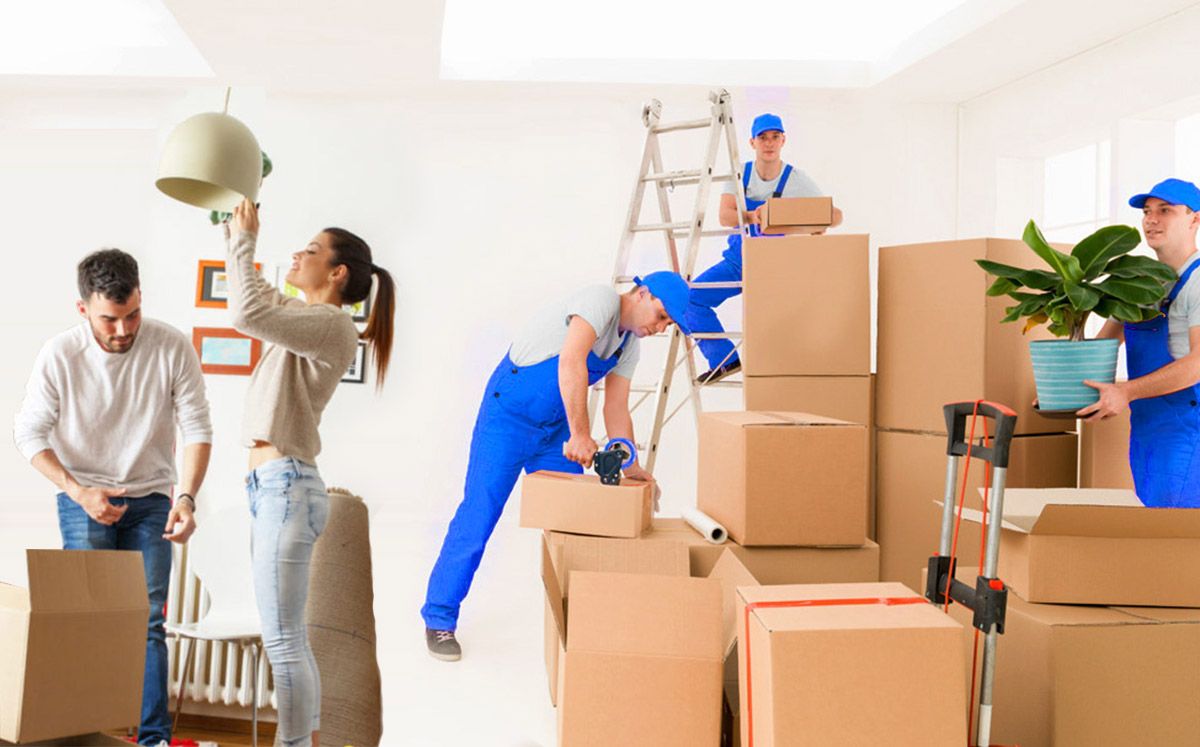Moving to a new home is an exciting adventure, but it can also be a physically demanding and potentially damaging process. One aspect that often gets overlooked during a move is protecting your floors. Whether you have hardwood, laminate, carpet, or tile floors, they are at risk of scratches, dents, and stains as you move heavy furniture and boxes. To help you keep your floors in pristine condition during your move, here are eight valuable tips: Click here for more info.
1. Use Furniture Sliders:
Invest in furniture sliders or gliders, which are available in various sizes and materials. Place them under the legs or corners of heavy furniture pieces like sofas, dressers, and tables. These sliders reduce friction, making it much easier to move furniture across the floor without causing scratches.
2. Wrap Furniture Legs:
For furniture that can’t be lifted with sliders, wrap the legs in soft materials like blankets, towels, or bubble wrap. Secure them with tape or straps. This padding provides a protective barrier between the furniture and your floors.
3. Clear the Path:
Before the move, clear pathways in your home by removing obstacles, rugs, or other tripping hazards. This will create a safer and more accessible route for carrying items, reducing the risk of accidents that could damage your floors.
4. Use Heavy-Duty Floor Runners:
Heavy-duty floor runners or surface protection films are designed to safeguard floors during moves. They are easy to roll out and provide a protective barrier that guards against scratches, stains, and dents. Be sure to choose a product appropriate for your type of flooring.
5. Employ Proper Lifting Techniques:
Train yourself and your movers in proper lifting techniques. Bend your knees, not your back, and use your legs to lift heavy objects. This reduces the risk of dropping or dragging items across the floor.
6. Place Doormats at Entrances:
Position doormats or rugs at entrances and exits to collect dirt, debris, and moisture from shoes. This prevents outdoor contaminants from being tracked inside and potentially damaging your floors.
7. Lift, Don’t Slide:
Avoid the temptation to slide heavy items across the floor, as this can cause significant damage. Instead, lift and carry items whenever possible. If something is too heavy to lift, use a dolly or other appropriate moving equipment.
8. Clean as You Go:
During the moving process, accidents can still happen despite your best efforts. Have cleaning supplies on hand to address spills or stains immediately. The faster you respond, the less likely it is that the stain will set in. Read more Graphic Designing Courses in Lahore
Additional Tips:
- Use felt pads: Place felt pads under furniture legs or any heavy items that need to be moved across the floor. These pads provide a buffer and minimize the risk of scratches.
- Wrap sharp edges: If you have furniture with sharp or protruding edges, use bubble wrap or foam padding to protect both the furniture and your floors.
- Communicate with movers: If you’re hiring professional movers, communicate your concerns about floor protection. They may have their own techniques and materials for safeguarding your floors.
- Inspect floors afterward: After the move is complete, thoroughly inspect your floors for any signs of damage. Address any issues promptly to prevent long-term problems.
By following these tips and taking proactive measures, you can significantly reduce the risk of floor damage during your move. Remember that prevention is key, but having a plan in place to deal with unexpected situations is also crucial. Protecting your floors ensures that your new home will maintain its beauty and value long after the move is complete. Also read SEO course in Lahore
